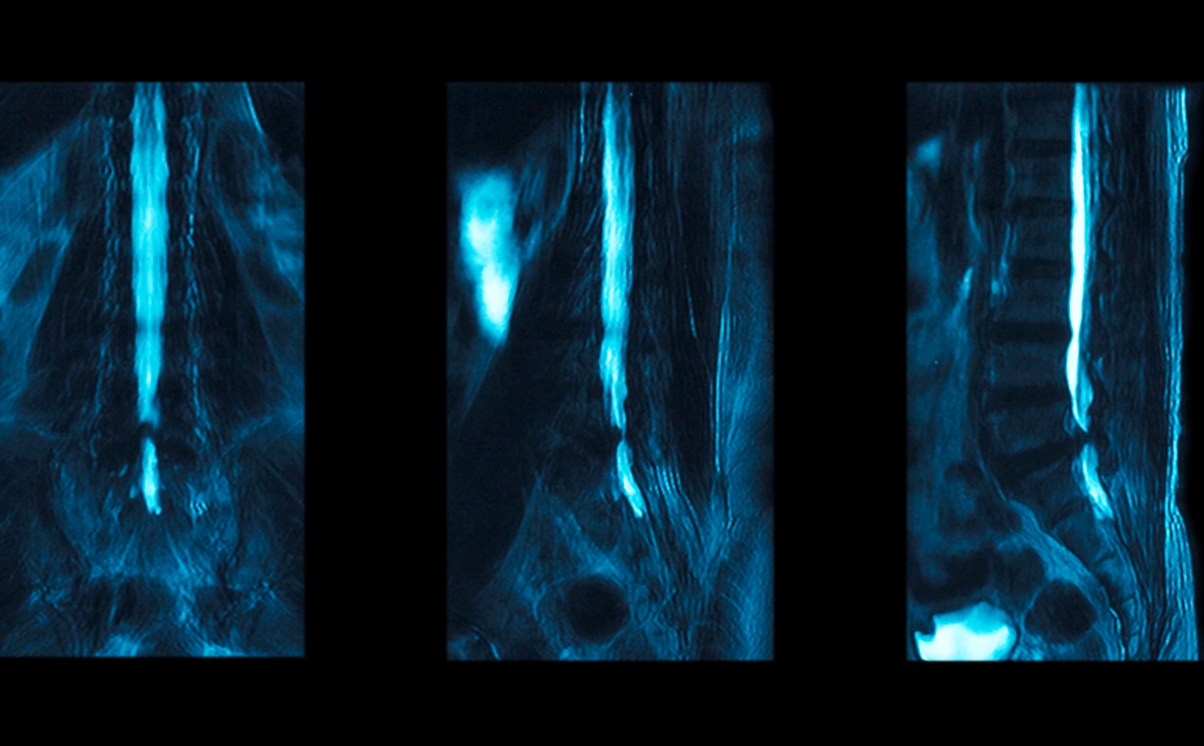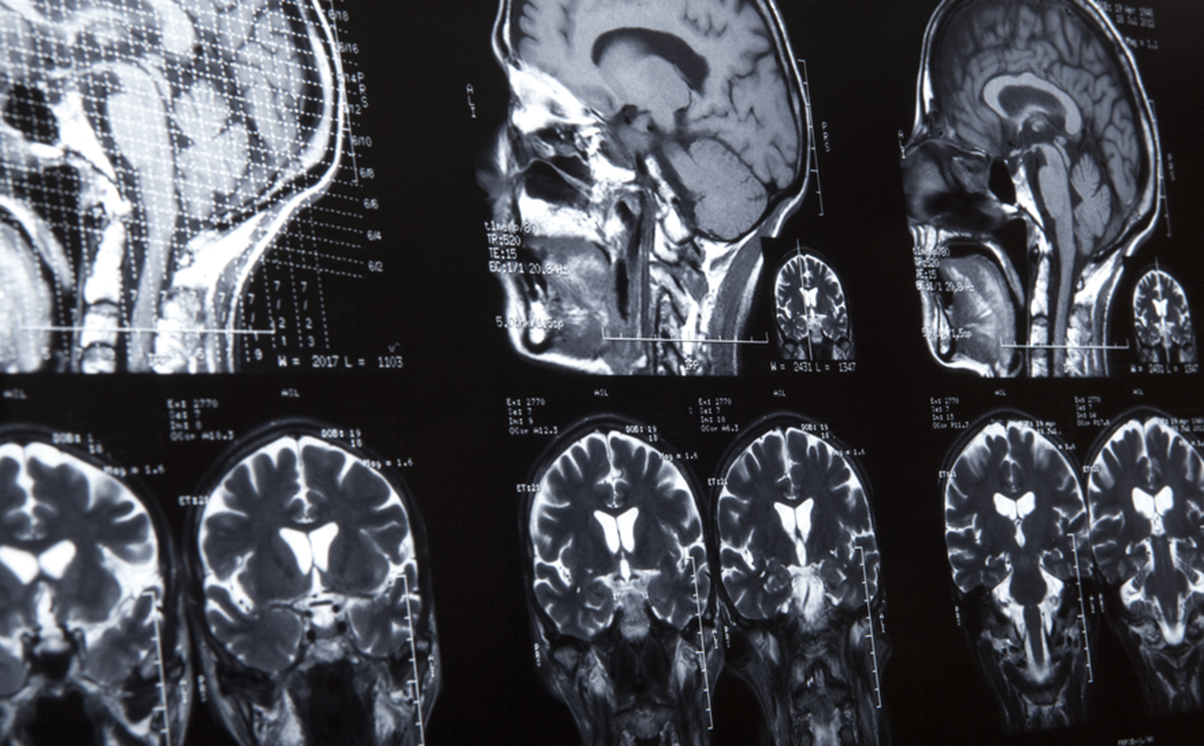A recent decision of the Supreme Court determined that Barclays Bank was not vicariously liable for the conduct of a doctor engaged by the bank to carry out medical examinations on prospective employees. Amy Heath looks at the significant implications this decision has for patients bringing claims against clinicians operating in the private health system.
Consultants operating in the private system do so as independent contractors and claims for injuries arising from their care are therefore brought against the consultant themselves. In recent years, increasing numbers of private clinicians have found themselves without indemnity cover. A clinician and patient may believe that cover is in place only to find that indemnity is refused.
Injured patients may, therefore, find themselves without a defendant with sufficiently deep pockets to compensate them adequately for their injuries. This was an issue highlighted in the Paterson Inquiry Report, which made recommendations for reform of the current system of regulation for healthcare indemnity.
Commentators had suggested that a potential avenue for claimants in this situation was to bring the private healthcare provider in as a defendant alongside the individual consultant. Since case law appeared to be widening the scope of vicarious liability, this was thought to be a real alternative to the issue. That potential avenue now seems to have closed following the Supreme Court’s decision in Barclays Bank Plc v Various Claimants.
Background
The case involved allegations of sexual assault against Dr Gordon Bates. Between 1968 and 1984, Barclays Bank required prospective employees who had passed its interview stage to undergo a medical assessment before receiving a formal job offer. Dr Bates carried out a number of assessments for the bank, and the claimants alleged that during the assessments he had sexually assaulted them. Dr Bates was not employed by the bank and was paid a fee for each assessment he carried out. He had a practice outside his work for the bank and his own insurance. Dr Bates died in 2009.
The claimants brought a claim against Barclays Bank on the basis that they were vicariously liable for the actions of Dr Bates during the assessments he carried out on behalf of the bank. To establish whether a defendant is to be held liable for the tortious actions of another, two tests must be satisfied:
- The relationship test – that there is a sufficient relationship between the tortfeasor (the doctor in this case) and the defendant.
- The connection test – that there is a sufficient connection between that relationship and the tortious conduct (ie the wrongful conduct).
The Barclays Bank case involved an analysis of the relationship test.
First instance and Court of Appeal decision
Both the High Court and Court of Appeal found that Barclays Bank was vicariously liable for Dr Bates’ actions. They said the relevant question was not whether Dr Bates was an independent contractor or employee, but whether there was a relationship akin to employment. That was to be determined by reference to the five policy criteria set out by Lord Phillips in Various Claimants v Catholic Welfare Society:
- The employer is more likely to have the means to compensate the victim than the employee and can be expected to have insured against that liability;
- The tort will have been committed as a result of activity being taken by the employee on behalf of the employer;
- The employee’s activity is likely to be part of the business activity of the employer;
- By employing the employee to carry on the activity, the employer will have created the risk of the tort committed by the employee;
- The employee will, to a greater or lesser degree, have been under the control of the employer.
Using those criteria, both the High Court and Court of Appeal concluded that the relationship test had been met and found in favour of the claimants.
Supreme Court judgment
The Supreme Court disagreed with the analysis of the lower courts and found that the relationship test had not been satisfied. It determined that Barclays was not vicariously liable for Dr Bates’ actions and allowed Barclays’ appeal.
Lady Hale provided the leading judgment, in which she set out the overriding test: “The question therefore is, as it has always been, whether the tortfeasor is carrying on business on his own account or whether he is in a relationship akin to employment with the defendant.”
She said the five policy criteria relied on by the lower courts were not to be used as definitive criteria to determine whether a relationship was akin to employment but rather were guidance which “may” be helpful. In Lady Hale’s judgment, the key was to understand the details of the relationship and “where it is clear that the tortfeasor is carrying on his own independent business” the five criteria need not be considered.
In the Barclays case, Lady Hale said it was clear that Dr Bates was conducting his own independent business:
“Clearly, although Dr Bates was a part-time employee of the health service, he was not at any time an employee of the Bank. Nor, viewed objectively, was he anything close to an employee. He did, of course, do work for the Bank. The Bank made arrangements for the examinations and sent him the forms to fill in. It therefore chose the questions to which it wanted answers. But the same would be true of many other people who did work for the Bank but were clearly independent contractors, ranging from the company hired to clean its windows to the auditors hired to audit its books.”
She continued: “Dr Bates was not paid a retainer which might have obliged him to accept a certain number of referrals from the Bank. He was paid a fee for each report. He was free to refuse an offered examination should he wish to do so. He no doubt carried his own medical liability insurance, although this may not have covered him from liability for deliberate wrongdoing. He was in business on his own account as a medical practitioner with a portfolio of partners and clients. One of those clients was the Bank.”
Going forward
It remains important to examine the nature of the relationship between a private consultant and private healthcare provider to ascertain whether they are a genuine independent contractor. However, it does now seem unlikely that a private healthcare provider will be found to be vicariously liable for a consultant with practising privileges at their hospital.
There are hospital staff members and services that the healthcare provider will be responsible for, and this should be considered to see whether the provider is an appropriate co-defendant.
The hope that vicarious liability could offer redress for claimants facing a defendant without indemnity now seems to be lost. Never has there been a greater need to address the concerns relating to the current discretionary indemnity system to ensure that injured claimants treated in the private sector can seek the same level of redress as those treated within the NHS. The warnings from the Paterson Inquiry should not, and in any conscionable society cannot, be ignored.
You can find further information regarding our expertise, experience and team on our Clinical Negligence pages.
If you require assistance from our team, please contact us or alternatively request a call back from one of our lawyers by submitting this form.
Subscribe – In order to receive our news straight to your inbox, subscribe here. Our newsletters are sent no more than once a month.






